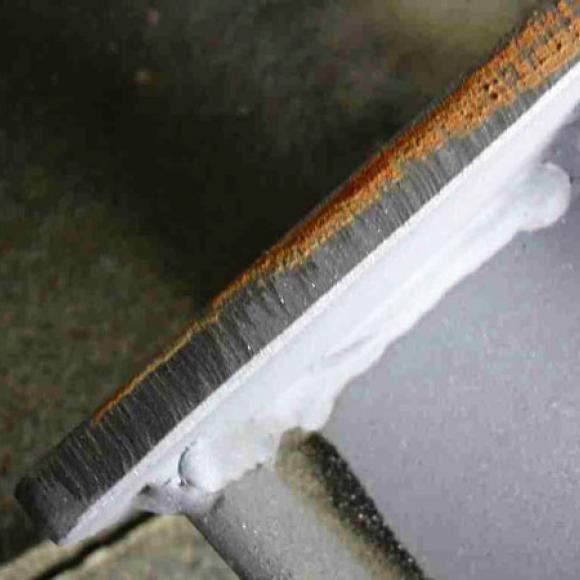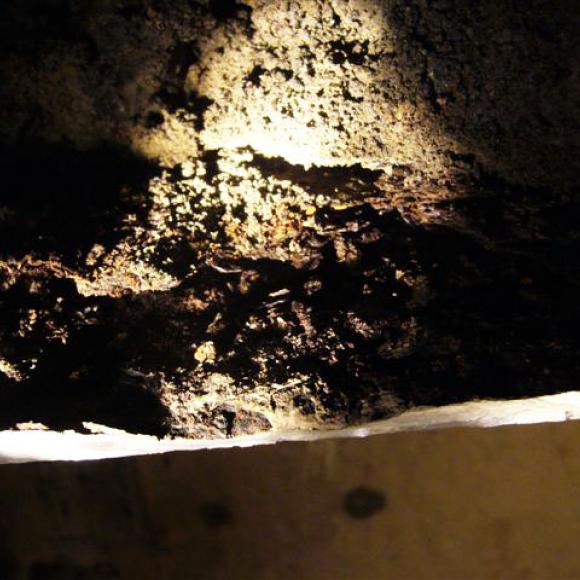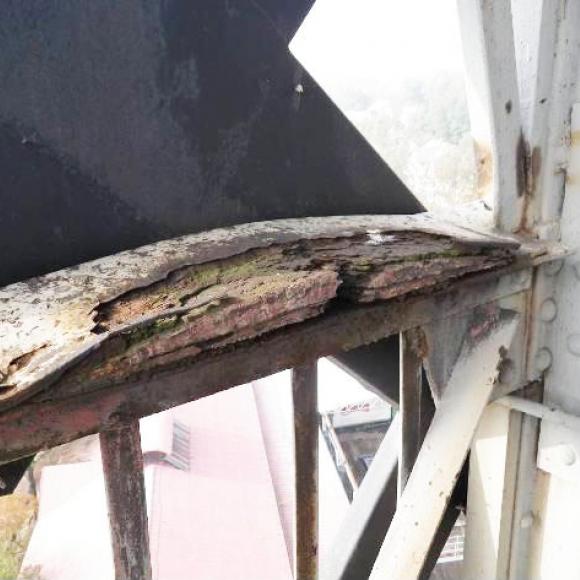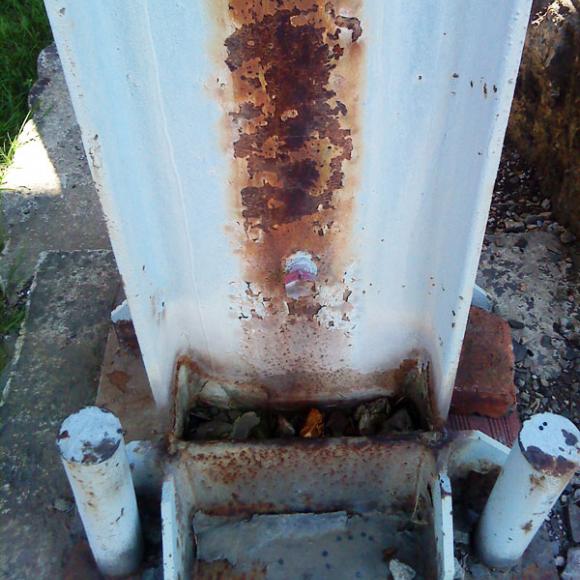Steel Structures
 S
teel is the most versatile and important construction material in the world. Currently, there are over 3,500 different grades of steel, each possessing unique physical, chemical and environmental properties. Different types of steel are produced according to the properties required for their application, and various grading systems are used to distinguish steels based on these properties. Steels are categorized into a variety of groups based on their chemical compositions including; carbon steels, stainless steels, alloy steels, and tool steels.
S
teel is the most versatile and important construction material in the world. Currently, there are over 3,500 different grades of steel, each possessing unique physical, chemical and environmental properties. Different types of steel are produced according to the properties required for their application, and various grading systems are used to distinguish steels based on these properties. Steels are categorized into a variety of groups based on their chemical compositions including; carbon steels, stainless steels, alloy steels, and tool steels.
The physical properties of steel, such as its high strength to low weight ratio, durability and flexibility make it particularly suitable for use in the construction industry. Not only is steel highly practical from a material standpoint, it is unparalled from an architectural perspective. Steel offers new solutions and opportunities, allowing architects to expand their artistic expression and create very complex and challenging buildings. Steel provides not only strength to buildings, but also aesthetic beauty. Finally, steel delivers a number of unique environmental benefits such as product service life, recyclability, easy transportation and less raw material wastage.
To ensure that steel structures meet their greatest service potential, a comprehensive inspection of the steel elements used in construction is essential. KONTOL SERVIS provides on-site inspection services to make sure that steel products conform to specifications. Our inspection process involves visual inspection and physical verification of steel components, welds and joint connections. Specifically, we inspect the structural dimensions, weld quality, metal hardness, chemical composition and documentation of steel structures.
Structural dimension inspection
Strict compliance with dimensional requirements is critical to the integrity of a steel structure. According to its technical documentation, we inspect the structure to determine if its dimensions, and any deviations, are within the tolerance range. In the event of unsatisfactory findings, we propose options for meeting compliance requirements.
Quality Control of Welds (EN ISO 5817)
 The integrity of welded joints must exceed the lowest probability of a breach for the duration of the intended service life of the steel structure. The safety and reliability of welds must be confirmed before the structure can be approved for the marketplace. A safe product is one that is considered to be free of defects and where requirements are not compromised.
The integrity of welded joints must exceed the lowest probability of a breach for the duration of the intended service life of the steel structure. The safety and reliability of welds must be confirmed before the structure can be approved for the marketplace. A safe product is one that is considered to be free of defects and where requirements are not compromised.
Material Hardness Inspection
 The inspection of hardness is necessary for materials in which extreme hardness is subject to special requirements. Examples include castings, gears, bearings, welds, and materials subject to extreme levels of heat.td.
The inspection of hardness is necessary for materials in which extreme hardness is subject to special requirements. Examples include castings, gears, bearings, welds, and materials subject to extreme levels of heat.td.
The techniqued utilized to measure hardness depends on the type of material and its construction.
Of course, any controls are the log of exposure measurements in the desired units of hardness (HB, HR, HV).
Inspection of Documentation
Manufacturer specificiations accompany every product, which details product properties, chemical composition, quality, and type of steel applied, etc.d.
We perform compliance inspections with supplementary documentation that includes the production of the actual situation, we also perform control technology rules of manufacture, control drawings, assembly drawings, if we are able to irregularities as possible to correct the existing poor condition.
Verification of Chemical Composition
In cases where the natural characteristics of steel is modified, it is often necessary to treat the steel. Such treatments include zinc coating, chromium plating, blasting, modeling, etc. For example, zinc is necessary to observe particular content of silicon and phosphorus, in violation of of these elements in steel is traceable to poor zinc coating to steel and surface treatment will fail in this case.
Our inspectors provide chemical analysis of steel, to assess whether it is suitable for the intended purpose, an analysis of the obtained results, and recommendations for the most suitable surface finish corresponding with the materials chemical composition.
Corrosion Protection Assessment
 On the basis of technical standards, and many years of experience in the field of corrosion protection of steel structures, we assess the design solution in terms of the exclusion of the inaccessible and unsuitable constructional details and stressed a solution in terms of corrosion.
On the basis of technical standards, and many years of experience in the field of corrosion protection of steel structures, we assess the design solution in terms of the exclusion of the inaccessible and unsuitable constructional details and stressed a solution in terms of corrosion.
In our work with every day problems encountered with the structural design of steel structures that do not allow the construction of corrosion protection reliably throughout the product. The most common defects are poorly chosen welds, poor hole size, the incidence of various "pockets" which collect deposits, sharp edges, etc.
We offer assessment of the proposed design solutions also propose an alternative solution in the event that the structure poorly contructed. We perform the design of steel structures in accordance with project documentation (draft design solutions in terms of exclusion inaccessible and exposed details and inappropriate design solutions for corrosion).
Measurement decreases of materials
Our company carries out the measurement decreases of various structural elements (e.g., pipelines, production and technological units, masts, etc.), if necessary, their static assess the proposal and possible repair of the unsatisfactory status quo.
The protocols carried out inspections and other required records
Of course there is the processing of documentation for all of the activities we perform. We offer the development of expertise, design, OK, protocols of the control activities with the output of measured data, photos, etc.

